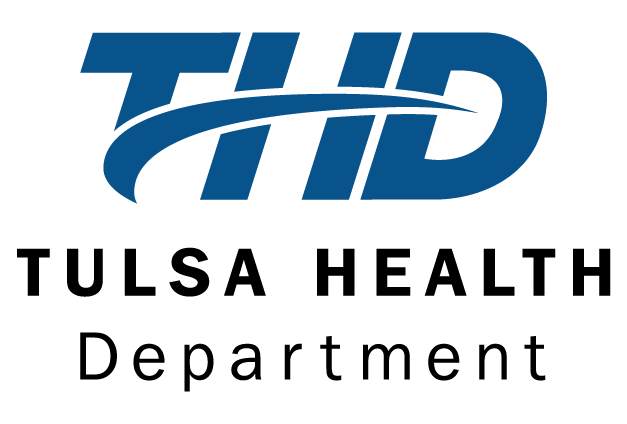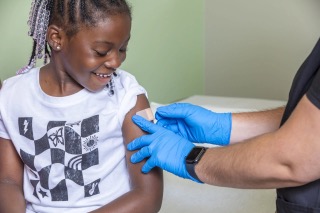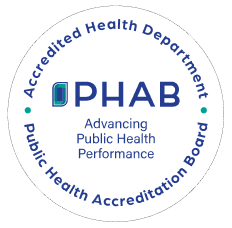OKLAHOMA CITY – The Oklahoma State Department of Health (OSDH), Oklahoma City-County Health Department (OCCHD) and the Tulsa Health Department (THD) have partnered with researchers at the University of Oklahoma and the University of Oklahoma Health Sciences Center to monitor for several pathogens through wastewater surveillance.
“With the onset of COVID-19 we saw how wastewater surveillance was able to help predict potential surges or outbreaks of the virus in communities,” said Jolianne Stone, the State Epidemiologist. “We hope in the future this tool will be able to aide in the surveillance and monitoring of other pathogens.”
Pathogens being monitored in wastewater include Influenza, SARS-CoV-2 (the virus that causes COVID-19), Salmonella, Campylobacter, Norovirus, West Nile Virus, and a type of E. coli called Shiga toxin-producing E. coli (STEC) and Monkeypox. Additional pathogens may be added in the future.
Monitoring is completely anonymous; samples cannot be tracked back to a specific person.
Because this is a new program in many areas, data sets are not yet robust, but are being collected continuously. It is important to remember this is a surveillance and monitoring tool. As we move forward, the information we learn will help us anticipate possible outbreaks and prepare accordingly.
“Wastewater surveillance is another public health tool to help provide near real-time awareness of pathogens in our community,” said THD Executive Director Dr. Bruce Dart. “As more data is collected over time, it helps to paint a more complete picture which can inform operational decisions at the local level.”
The Oklahoma State Department of Health (OSDH) protects and improves public health through its system of local health services and strategies focused on preventing disease. OSDH provides technical support and guidance to 68 county health departments in Oklahoma, as well as guidance and consultation to the two independent city-county health departments in Oklahoma City and Tulsa. Learn more at Oklahoma.gov/health.
###






